IFNL Says All New UK Homes Need a Pure Fibre Optic Broadband Service
3. What goes through your mind when you see cable operators like Virgin Media and hybrid copper/fibre (FTTC) dominated providers like BT promoting their services as “fibre optic broadband”, even though the actual fibre optic cable doesn’t go all the way to the home or office and thus delivers inferior performance to an FTTH/P service?
IFNL Response:
IFNL believe that the messages in the market place can in some cases be misleading and at best are confusing for customers. The UK is one of the few countries in Europe where VDSL and Cable delivered services are referred to as fibre broadband.
The majority of the solutions deployed in the UK by other infrastructure providers are to utilise fibre to move their equipment closer to the customer premises to achieve greater speeds to meet superfast requirements, but still leave copper in as the final connection. IFNL believe the only long term option is to adopt a Fibre to the Home (FTTH) solution as this is the best method to meet the growing consumer bandwidth requirement generated from residential and business usage such as Gaming, over the top applications, video streaming and cloud services
What is also becoming more relevant with gaming, cloud services and shared media is the upstream speed is critical for the operation of these services. All residential copper networks have a restricted or limited upstream capacity, historically the focus was on the ability to download, but now upload is becoming just as important. Upstream capacity is another challenging area for copper networks, which fibre can easily support. IFNL’s fibre network already supports symmetrical upload and download, with these services offered to customers by the ISPs.
4. At present we note that a lot of IFNL customers using ISPs, such as Seethelight and Direct Save Telecom, are limiting the speed of their top packages to 300Mbps.
Is there a reason why you haven’t launched a 1000Mbps (Gigabit) solution like some other FTTH/P providers and is this a service that you plan to introduce in the future?
IFNL Response:
The IFNL network is easily capable of delivering 1Gbps services or higher, however IFNL provides products based on customer demand and to date very few customers have expressed a needs for speeds higher than 300Mb. Indeed around 95% of customers choose a 50MBPS service as fast enough for their needs. IFNL reviews its wholesale product offering regularly to ensure that the wholesale offer is in line or better than the wholesale market and meets our customers’ requirements. In addition IFNL will provide customised products if requested by its customers.
5. What are your thoughts on the progress and approach being taken by the government’s current Broadband Delivery UK programme (phase 1 and 2), which is currently rolling out superfast broadband (24Mbps+) services to 95% of UK premises by 2017/18?
IFNL Response:
GTC focuses on new build market and is therefore not part of the BDUK program.
6. Previous phases of the BDUK programme have appeared to shun bids by alternative network providers, although the future phase 3 funding for reaching the so-called final 5% seems more open to alternative suppliers.
Do you see any possibilities for IFNL in this forthcoming phase or are the barriers to entry too great (explain)?
IFNL Response:
As stated above GTC focuses on new build market and is therefore not part of the BDUK program.
7. BT has announced plans to deploy 500Mbps capable G.fast broadband technology across most of the UK over the next decade or so, beginning in 2016/17. What are your thoughts on that plan and do you think G.fast is a good solution for future connectivity needs?
IFNL Response:
IFNL’s view as stated previously is that copper is not a long term solution. IFNL understand the reasons why G.fast may appear attractive as a retrofit option, but believe that this can only be yet another interim step to the best solution which is fibre to the home.
IFNL’s focus is on providing a future proof scalable option to developers and house builders with the minimum of street furniture, less equipment and lower power usage and to meet residential and business connectivity requirements an FTTP/H solution is required.
As stated previously a good start is to ensure that all new properties are provided with a FTTP/H connection as standard. This also removes the need for any future, expensive and retrospective network upgrades. The fibre network installed on day one will meet all the current and future demands of that property with almost limitless capacity available via small modifications to active equipment installed on the end of the network.
8. On 20th June 2015 Ofcom finally introduced their new harmonised migration system for fixed line broadband and phone providers (excluding DOCSIS, FTTP/H, satellite, mobile and wireless ISPs).
The new system means that in order to switch consumers only need to contact their new (gaining) provider. What are your thoughts on this system, particularly given that it currently only applies to BT and KC’s respective platforms? For example, should it also apply to FTTH/P or would that be too soon or difficult for related ISPs to handle.
IFNL Response:
The IFNL infrastructure is an “Open Access “next generation access and in line with Ofcom requirements the infrastructure is open to all service providers who sign IFNL’s Wholesale Reference Interconnect Offer (WRIO) agreement. IFNL provides ALA and Managed Services to Service Providers as well as a Passive access solution and over 20 Service Providers have signed IFNL’s WRIO agreement to deliver residential and/or business services.
IFNL provides a web portal and B2B access for Services Providers to request services and manage their customer’s connections.
IFNL is compliant to Ofcom’s new harmonised migration system for fixed line broadband and phone providers.
ISPr Editors NOTE: We suspect that IFNL didn’t quite understand the consumer side of our question as Ofcom’s new harmonised migration system does not yet offer a direct 10 day switching process for non-Openreach / KC based ISPs. Instead you have to cancel the old service and or request a completely new line.
9. What do you think of the Government’s plan to subsidise Satellite connectivity in order to bring superfast broadband to the final 1-2% of UK premises; would this be an effective or flawed long-term fix?
IFNL Response:
IFNL is a wholesaler and therefore has no view on this. With our focus on the new build market only, satellite connectivity to the hard to reach existing premises is not relevant to our business.
10. Ofcom recently proposed to open up physical access to BT’s Dark Fibre Optic lines for use by rival operators, what are your thoughts on this proposal?
IFNL Response:
IFNL is strongly in favour of the Ofcom’s recommendation and have supported it through the Business Connectivity Market Review Process. IFNL believe that access to BT dark fibre will be very helpful in increasing the number of new homes that can be served with a full FTTH solution.
IFNL already provides a passive solution for service providers to enable them to deliver business services to end customers at IFNL served locations.
11. Ofcom is currently also pondering whether or not the Openreach division, which maintains and manages access to BT’s national UK telecoms network, should be split from BT. What are your thoughts on this and if it did happen then how do you think it might impact your business?
IFNL Response:
The BUUK Group operates across all deregulated utility sectors and has built its business operating with the market framework of separate distribution and supply businesses.
This disaggregated structure ensures a level playing field for market participants and provides transparency in connection costing regimes. IFNL would be supportive of a separation of the network business and retail business of BT based on the understanding that this would lead to a clearer, more competitive and transparent telecommunications market.
12. What hopes or expansion plans do IFNL have for the future?
IFNL Response:
As we have already stated GTC is planning to grow the number of homes and businesses where its fibre services are available, with the focus remaining on the new build sector.
As stated in recent articles in the press, the availability of superfast broadband speed at a home increases the value of the home and this has been recognised by house builders in the UK. Home buyers recognise the benefits of a fibre connection and as more and more of our lives become dependent on the internet, a fast reliable internet connection will become as necessary as water, gas and electric.
End.
We were a little disappointed that Graeme Scott couldn’t offer us any thoughts on the Government’s Broadband Delivery UK programme, but otherwise we’d like to thank them for taking the time to answer some of our questions. Best of luck in the future.
Mark is a professional technology writer, IT consultant and computer engineer from Dorset (England), he also founded ISPreview in 1999 and enjoys analysing the latest telecoms and broadband developments. Find me on X (Twitter), Mastodon, Facebook and Linkedin.
« Wireless ISP Promises Fibre Broadband for Swindon UK.. Maybe
Latest UK ISP News
- FTTP (5515)
- BT (3514)
- Politics (2537)
- Openreach (2297)
- Business (2262)
- Building Digital UK (2244)
- FTTC (2043)
- Mobile Broadband (1973)
- Statistics (1788)
- 4G (1664)
- Virgin Media (1619)
- Ofcom Regulation (1461)
- Fibre Optic (1395)
- Wireless Internet (1389)
- FTTH (1381)
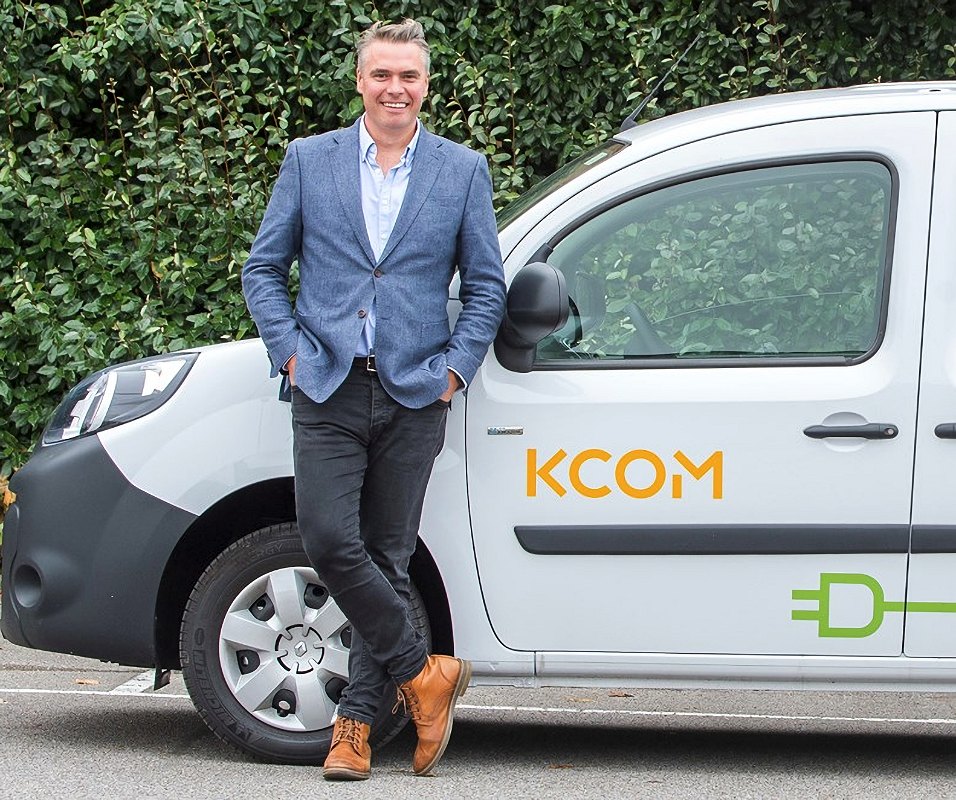

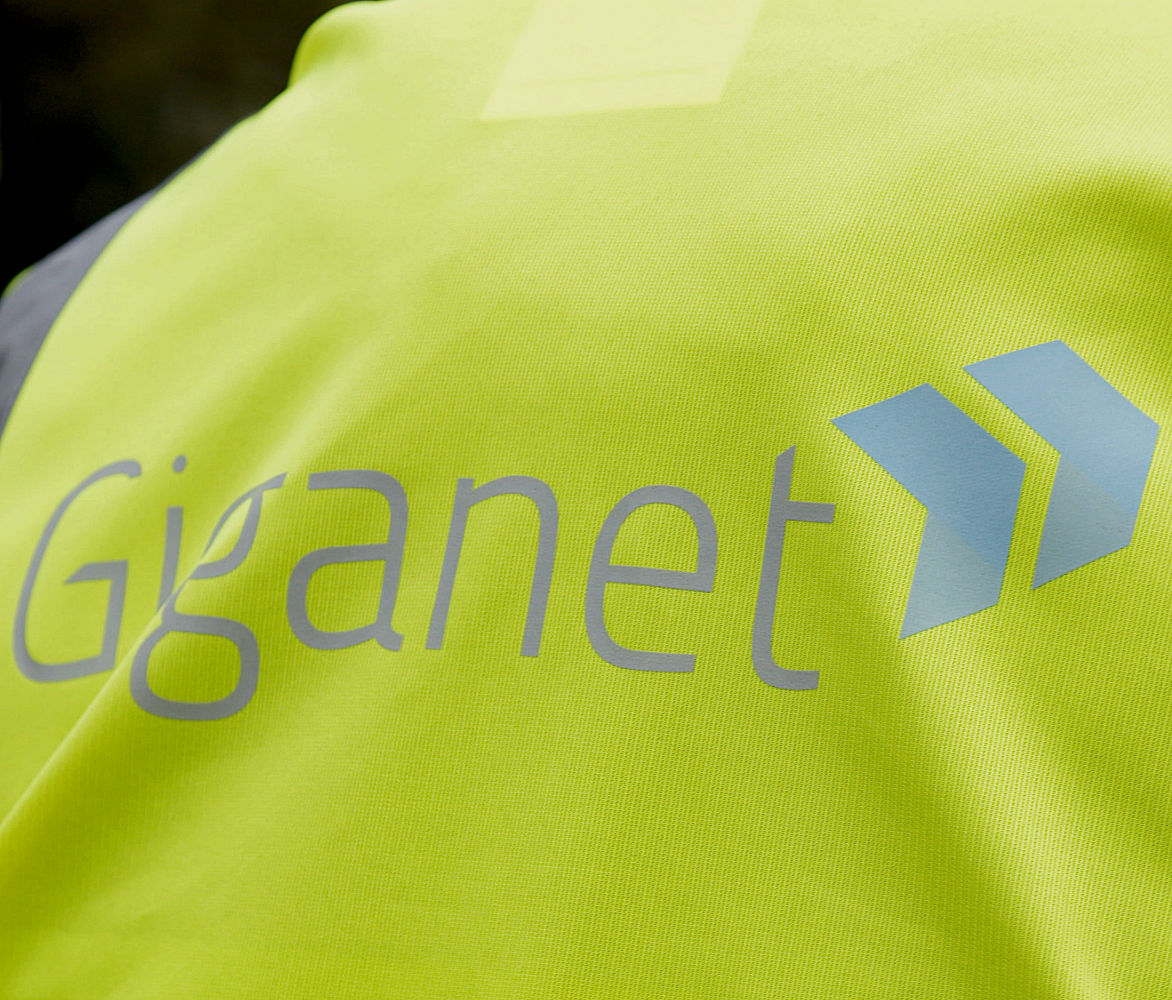

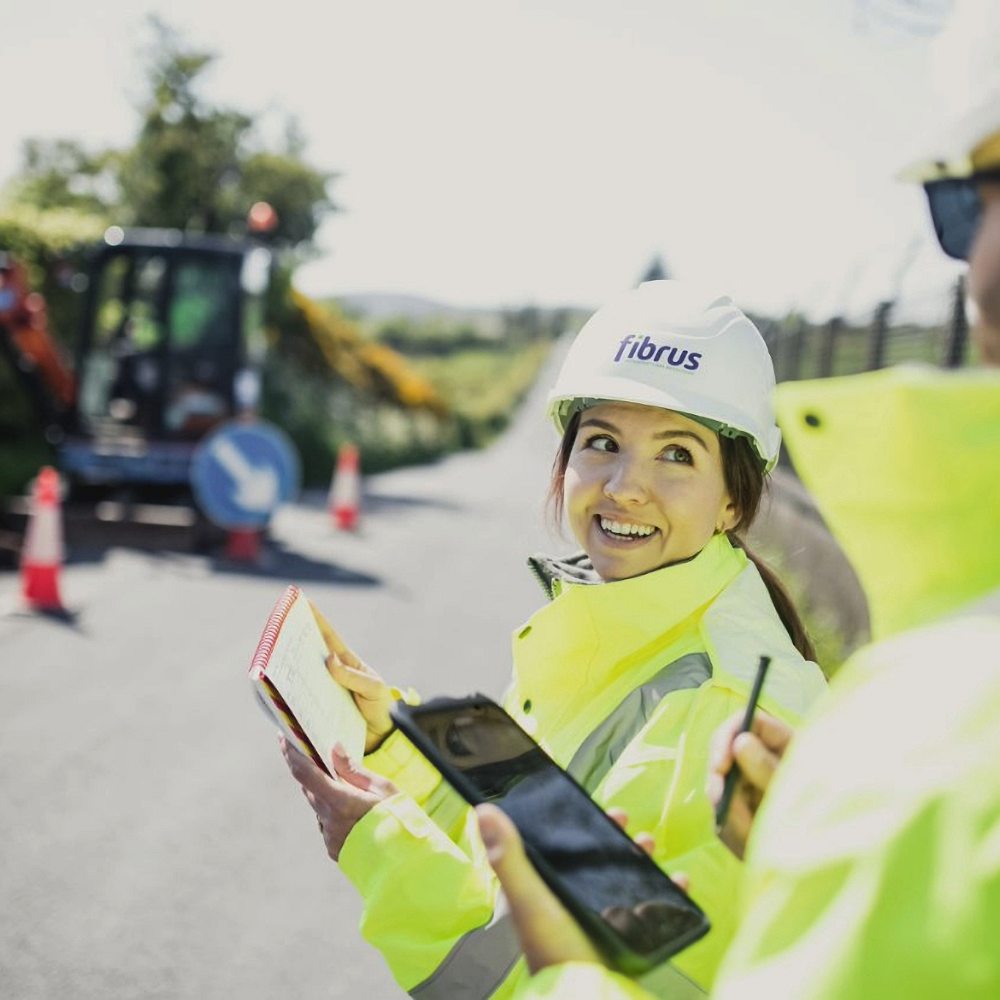
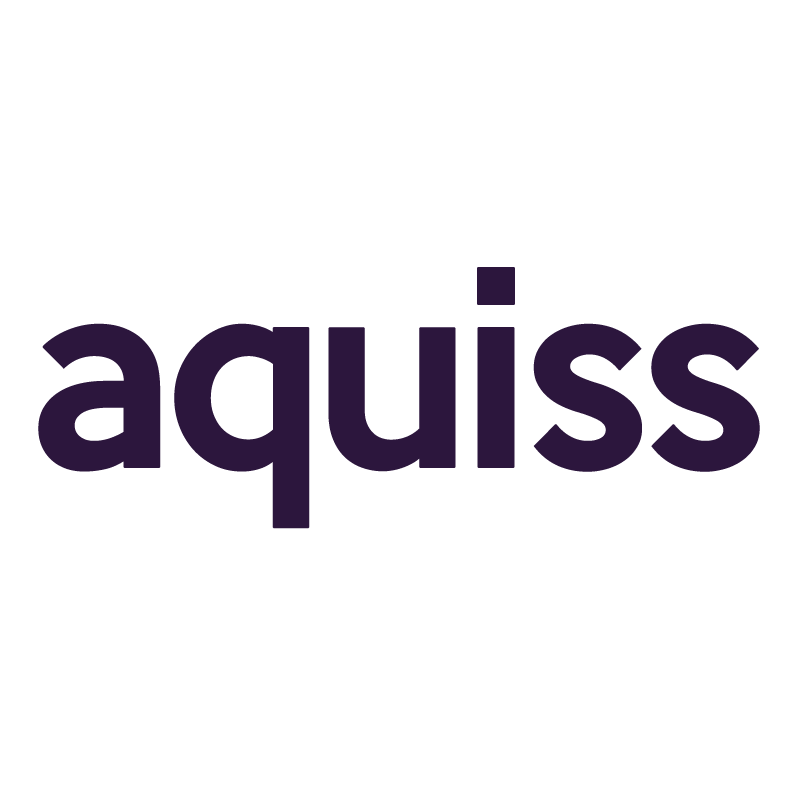
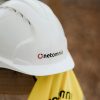









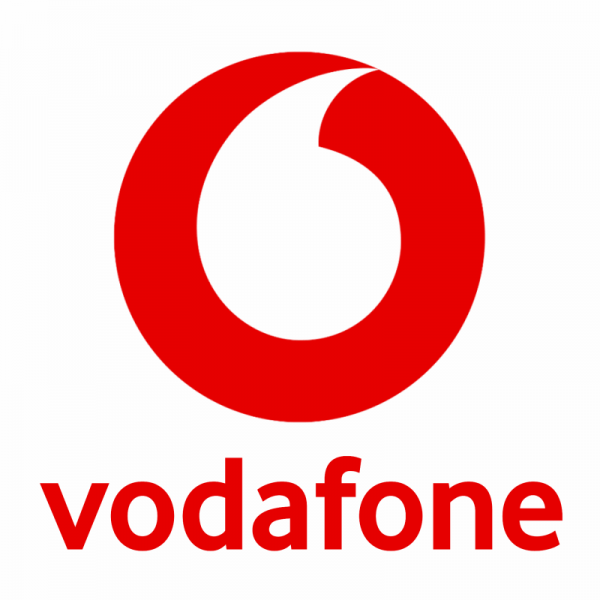
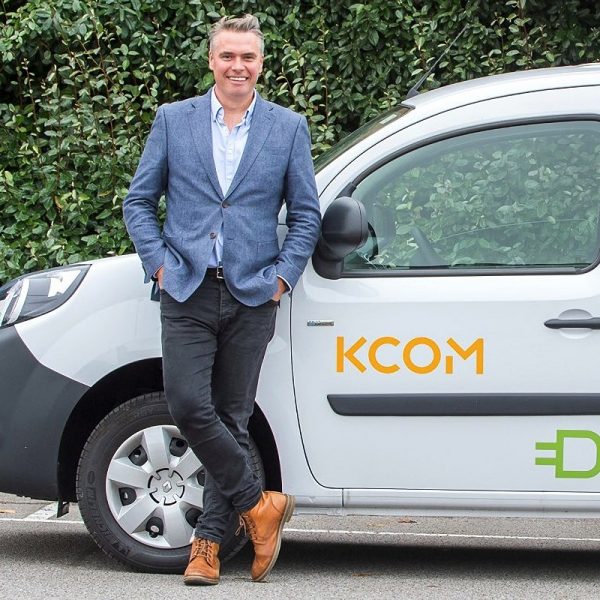
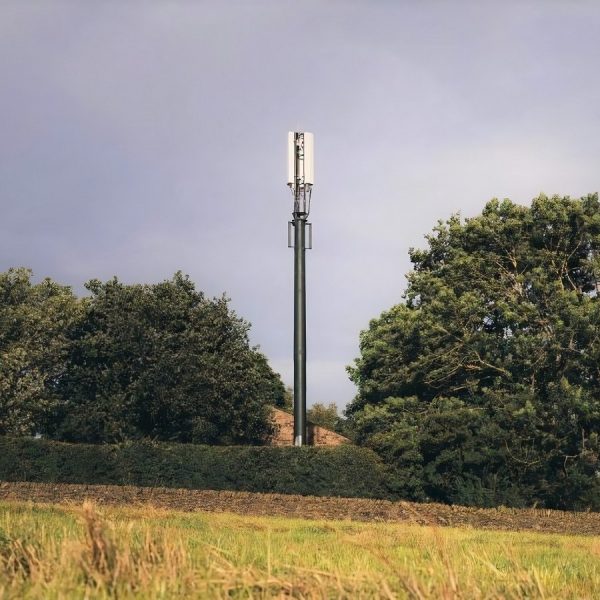
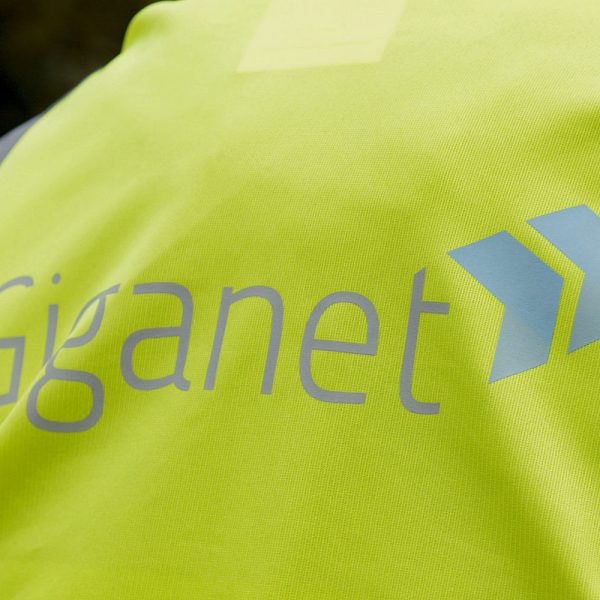




































Comments are closed